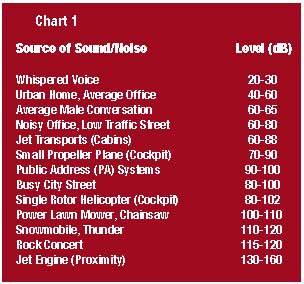
ATRAC Compression
When Sony began developing the minidisc format, they were faced with the hurdle of storing 74 minutes of music on a space 1/5 the size of the popular compact disc. A compression tool called Adaptive Transform Acoustic Coding (ATRAC) was invented to overcome this obstacle. ATRAC's real genius is that its compression method exploits the physics of sound to single out and record only the data that is audible to the human ear. Deciding what data is audible comes from an understanding of psycho-acoustic principles,

which states that the ear is more sensitive to some frequencies of sound than others. Psychoacoustics also explores the relationship between the intensity of sound (its decibel level) and its frequency. As you can see from the equi-loudness curve below, a low frequency, high intensity wave will produce the same loudness as a high frequency, low intensity wave.The masking of sound is another factor considered during the compression process. This occurs when one sound blocks another sound from being heard. For example, on a crisp fall day you would be able to hear leaves
Equi- Loudness Curve:
This chart shows the relationship of frequency and intensity in determining what the human ear can detect. Any sound below the curve is inaudiable, and can be omitted from the recorded data on a minidisc.
Chart From: www.engr.uky.edu/~donohue/audio/fsear.html